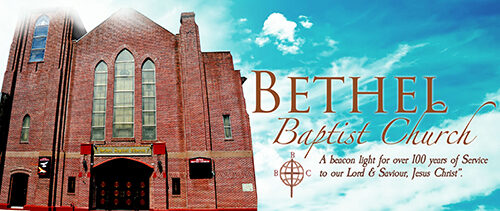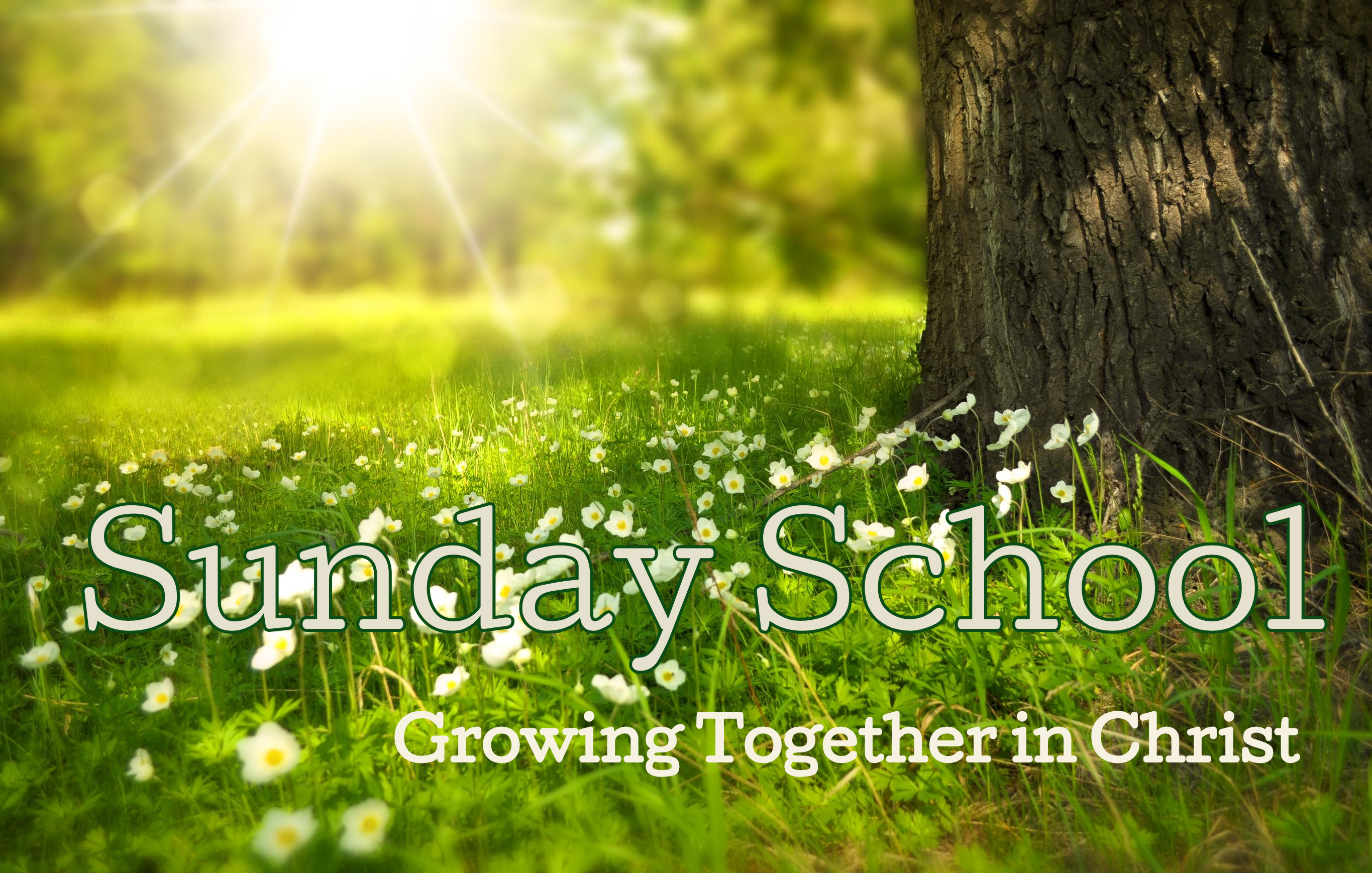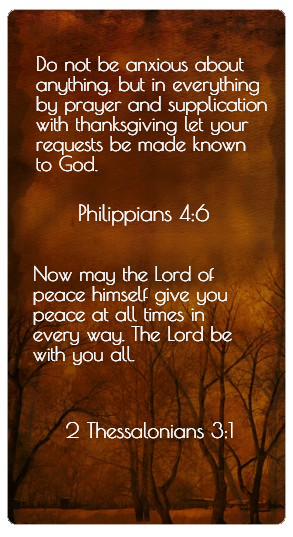Study to shew thyself approved unto God, a workman that needeth not to be ashamed, rightly dividing the word of truth. 2 Timothy 2:15 (KJV)
The spring quarter theme of worship, sacrifices, and offerings runs through the Scriptures. Understanding the old covenant sacrifices and offerings is essential to understand the New Testament’s view of Christ’s sacrifice.
Unit 1, “Tabernacle, Sacrifices, and Atonement,” explores the texts from the books of Exodus and Leviticus that describe the system of sacrifices and offerings that created a holy people and place for the presence of the Lord. Lesson 1, from Exodus 19, recalls the Lord’s decree that the covenant people are a kingdom of priests and a holy nation. Lesson 2, from Exodus 25 and 26, explores the instructions for the tabernacle curtain that set apart the Holy of Holies. Lesson 3, from Exodus 29, describes the ordination of priests who were chosen by the Lord to officiate at Israel’s altar. Lesson 4, from the first chapter of Leviticus, gives the rules by which to abide in making burnt offerings at the tabernacle (and later the Temple). Lesson 5 recounts the establishment of the Day of Atonement, an annual festival meant to cleanse the people of all impurity.
Unit I1, “Christ’s All-sufficient Sacrifice,” turns to New Testament texts to explore the significance of Jesus’ perfect sacrifice. In lesson 6, the writers of Hebrews 9-10 contrast the annual sacrifices of the old system–a mere shadow of what was to come–with Jesus’ once-for-all sacrifice. Lesson 7 is drawn from 1 John 2, where John reminds us that the atoning sacrifice of Jesus is a demonstration of God’s love. Lesson 8 is the Easter lesson, which examines the details of Christ’s death and resurrection in lesson 9, the curtain opens on the throne room of heaven itself as the glorious lamb “that was slaughtered” is declared to be “worthy”!
Unit III, “Special Offerings and the Sanctuary,” explores the unique relationship between the sanctuary and offerings or sacrifices. Lesson 10 (from 1 Chronicles 21) relates David’s refusal to accept a gift from Ornan for a sacrifice to the Lord because David would not “offer burnt offerings that cost me nothing.” In lesson 11, we consider Solomon’s Temple dedication and lavish sacrifices, as described in 2 Chronicles 7. Lesson 12 examines the laying of a new temple foundation by the people who had returned from exile to Jerusalem (as detailed in Ezra 3). Lesson 13 concludes the quarter with covenant renewal and the people’s pledge to observe the commands of the Torah and reject the abuse and neglect of the Temple.
Unit 1: Tabernacle, Sacrifices, and Atonement
March 2, 2025
Bound by Love
Exodus 19:1-14
March 9, 2025
Pitching a Tent
Exodus 25:1-9; 26:1; 31-37
March 16, 2025
Preparation for Service
Exodus 29:1-9, 35-37
March 23, 2025
Up in Smoke
Leviticus 1:3-17
March 30, 2025
What A Day!
Leviticus 16:11-19
Unit II: Christ’s All-sufficient Sacrifice
April 6, 2025
It Only Takes One
Hebrews 9:23-28, 10:1-4, 11-14, 19-25
April 13, 2025
All You Need Is Love
1 John 2:1-6; 4:9-17
April 20, 2025
They Couldn’t Keep Him Down
Matthew 27:39-40, 45-54; 28:1-10
April 27, 2025
Sing a New Song
Revelation 5:1-10
Unit III: Special Offerings and the Sanctuary
May 4, 2025
It’ll Cost You Everything
1 Chronicles 21:14-30
May 11, 2025
A Grand Opening2 Chronicles 7:1-7, 11
May 18, 2025
Mourning the Past or Celebrating the Future?
Ezra 3:1-6, 10-13
May 25, 2025
Here We Go Again!
Nehemiah 10:28-29



